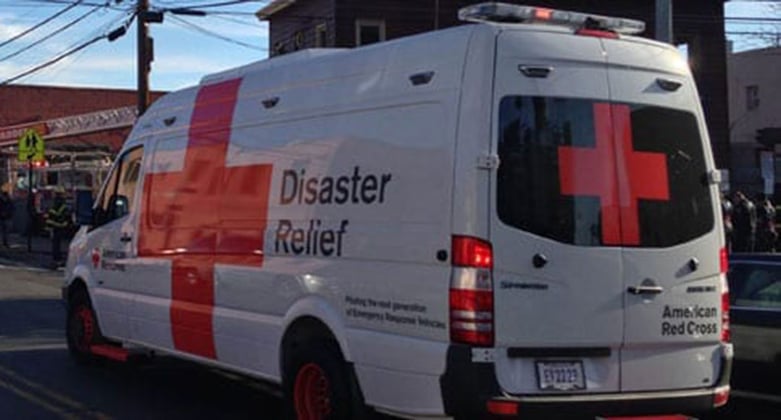President Obama has declared March “National American Red Cross Month,” and even students at American and Caribbean medical schools can help the cause.
March has been National American Red Cross Month since the first presidential proclamation in 1943, when President Franklin D. Roosevelt urged Americans to “rededicate themselves to the splendid aims and activities of the Red Cross.” American presidents have honored the month of March since then as a time to reflect on the Red Cross’ mission of saving lives in times of national and regional emergencies, with the help of volunteers and public donations.
What can undergraduate students and students at American and Caribbean medical schools do to help? American Red Cross Youth promotes Red Cross Clubs to help everyone from K-12 to college and post-graduate students engage in key national and international issues. Pre-med students planning to apply to American and foreign medical schools can join or start a Red Cross Club to get valuable health-related volunteer experience.
“As a Red Cross Club you will engage with key national and international issues,” the Red Cross Youth website says.“You might help to alleviate the chronic blood shortage in America by hosting a blood drive, work to fight measles in Africa or respond to local or national disasters. A Red Cross Club allows you to address important issues in incredibly creative ways that make sense for your community.”
Learn how to join or start a Red Cross Club by visiting http://redcrossyouth.org/college/college-resources/
This month, the American Red Cross, in regions across the country, will educate the public about lifesaving methods, with demonstrations of hands-only CPR training and Automated Extended Defibrillator (AED) demonstrations. Red Cross volunteers will also give information on planning for disasters, putting together disaster kits and explaining how to create an emergency plan with your family to prepare for catastrophic situations.
A 2010 Red Cross survey said one in four people (27 percent) have “found themselves in a situation where someone needed CPR. Hands-Only CPR is a potentially lifesaving technique involving no mouth-to-mouth contact.” Hands-Only CPR is reserved for emergencies when someone sees another collapse and medical attention is not nearby.
 According to the American Red Cross, the organization “brings help and hope” to those in need every nine minutes.
According to the American Red Cross, the organization “brings help and hope” to those in need every nine minutes.
One of the most recent crises the American Red Cross faced was Hurricane Sandy in the Northeast. After Sandy, the Red Cross:
- Served more than 13 million meals and snacks
- Handed out more than 7 million relief items
- Provided more than 112,000 health services and emotional support contacts
- Mobilized more than 17,000 trained workers
- Provided more than 81,000 shelter stays
(Top photo) SAVING LIVES: The American Red Cross at a fire in NYC, February 17, 2014. Photo: Courtesy of American Red Cross
About UMHS:
Built in the tradition of the best US universities, the University of Medicine and Health Sciencesfocuses on individual student attention, maintaining small class sizes and recruiting high-quality faculty. We call this unique approach, “personalized medical education,” and it’s what has led to our unprecedented 96% student retention rate, and outstanding residency placements across the US and Canada.

Scott is Director of Digital Content & Alumni Communications Liaison at UMHS and editor of the UMHS Endeavour blog. When he's not writing about UMHS students, faculty, events, public health, alumni and UMHS research, he writes and edits Broadway theater reviews for a website he publishes in New York City, StageZine.com.















